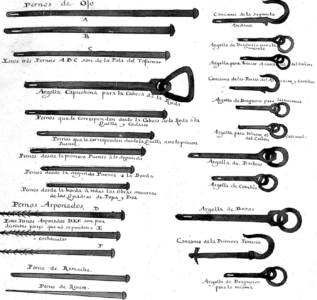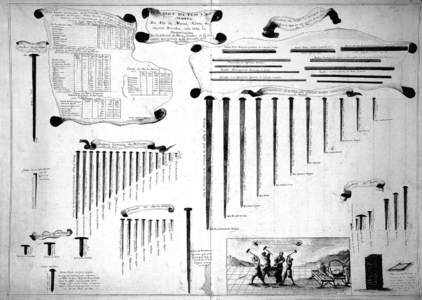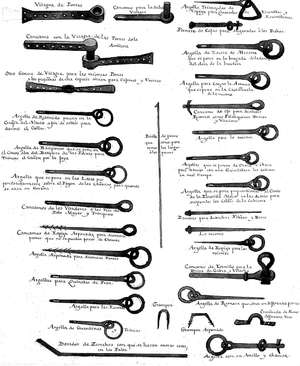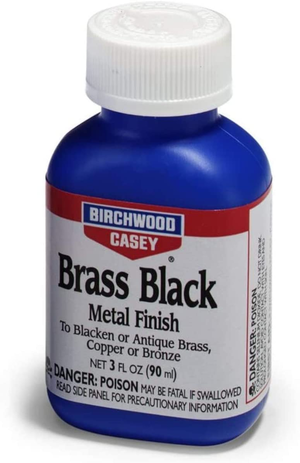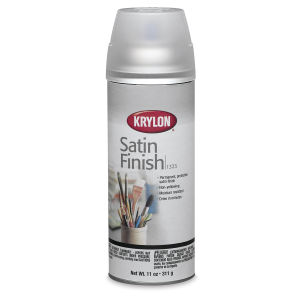Hi. I realize that it may be a bit daft or pompous to be discussing the authenticity of the brass trenails (nails) used on my wooden 'San Francisco II' model, but it's bugging me!
Around the hull, the instructions call for 0.7 mm pins to be inserted into the planks. Not only would that make them 63mm diameter full scale, they would never be visible on the actual ship. From what I gather, in the 16th century, Spanish shipwrights specified wooden or iron trenails. They would look nice on the model, but I don't know whether to do it or not. Brass is wrong. Seeing them is wrong.
Then again, the entire hull above the waterline would originally be coated in tar and maybe even canvas. Below the waterline would be a sealant and fish fat to deter parasite infestation... I'm going to (satin) varnish the lot, so that's not realistic either!
On the decks I chose to use a centre punch for plank trenails and when filled with varnish, they show up as a slightly darker tone of the rest of the deck. That, I feel is quite authentic.
What do you think? I could use the pins to help clad the strakes onto the hull, but I'd prefer to snip them and punch them in a bit prior to sanding and use a wood filler.
I'm torn between pretty and semi-authentic!
Around the hull, the instructions call for 0.7 mm pins to be inserted into the planks. Not only would that make them 63mm diameter full scale, they would never be visible on the actual ship. From what I gather, in the 16th century, Spanish shipwrights specified wooden or iron trenails. They would look nice on the model, but I don't know whether to do it or not. Brass is wrong. Seeing them is wrong.
Then again, the entire hull above the waterline would originally be coated in tar and maybe even canvas. Below the waterline would be a sealant and fish fat to deter parasite infestation... I'm going to (satin) varnish the lot, so that's not realistic either!
On the decks I chose to use a centre punch for plank trenails and when filled with varnish, they show up as a slightly darker tone of the rest of the deck. That, I feel is quite authentic.
What do you think? I could use the pins to help clad the strakes onto the hull, but I'd prefer to snip them and punch them in a bit prior to sanding and use a wood filler.
I'm torn between pretty and semi-authentic!



